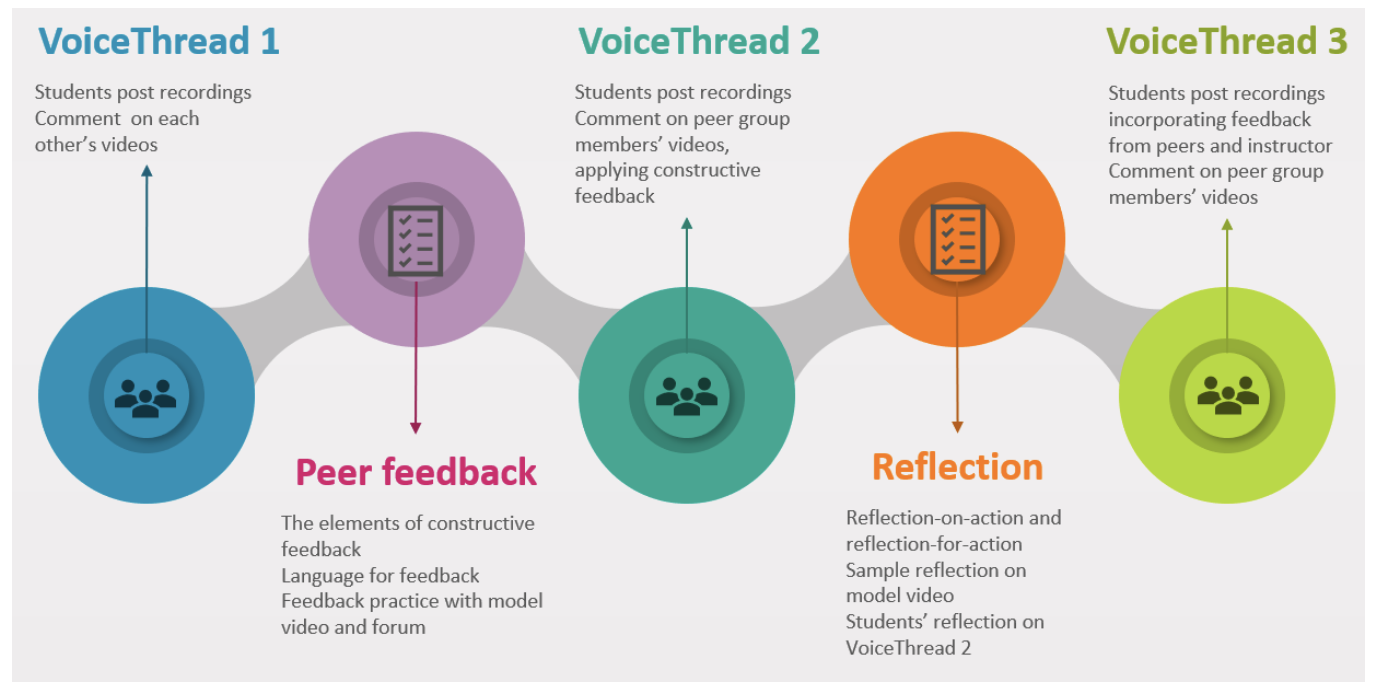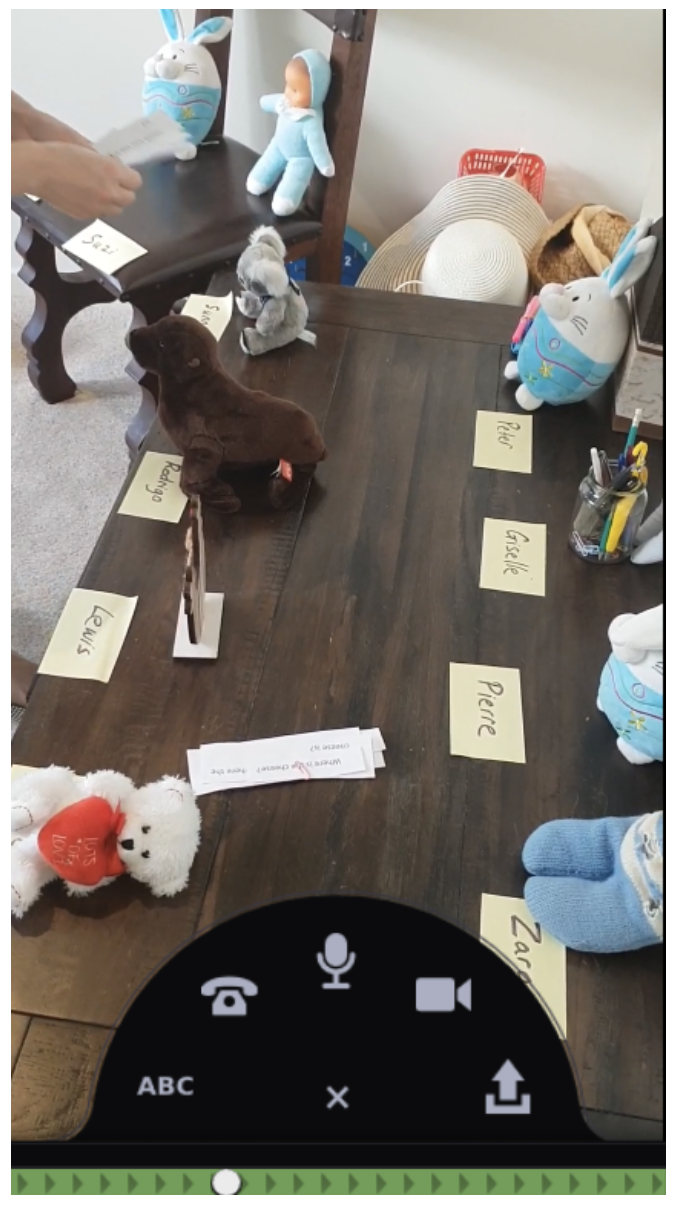“Good guess, Bingo!” Reinventing microteaching through VoiceThread
This is a guest post by Agi Bodis, Melissa Reed and Yulia Kharchenko, Department of Linguistics, Macquarie University, Sydney.
Three weeks into our TESOL (teaching English to speakers of other languages) postgraduate teacher training program the nationwide COVID-19 lockdown was announced in Australia. As university courses swiftly moved online, we were left with the task to continue the practical microteaching elements of a teaching methodology unit. These typically involved students doing short peer-teaching to develop practical teaching skills. A lot of our students were teachers already, and with their family and professional lives in turmoil, a synchronous class or a group microteaching practice were not an option. We needed an asynchronous platform where videos of teaching could be put up for viewing and commenting. The solution was VoiceThread.
For the rest of the semester, we designed and implemented a series of VoiceThread tasks supported by enabling tasks that not only helped our students achieve the unit’s learning outcomes, but also equipped them with other skills important for teachers, such as giving feedback and exercising autonomy.
Outline of VoiceThread and Moodle task sequence
Centred on peer feedback, the VoiceThread tasks were supported by Moodle H5P activities where we scaffolded the principles and language of effective peer feedback and reflection. We then used the Course View setting on VoiceThread plugin as a common space for short videos of our students teaching various aspects of the English language. Following the instructors’ examples, their entries varied from narrated PPTs in the first task, to video recordings in subsequent exercises. In each case, students were asked to comment on at least three videos, and they did so using both text and audio options.
We were able to seamlessly integrate VoiceThread into our Moodle platform. As we moved through the unit, our students were able to showcase their new teaching skills such as class management and pronunciation instruction. At the same time, we observed improvements in their feedback literacy. Instead of ‘Great job!’ or ‘I agree with you’ we saw constructive peer feedback that noted both the strengths and weaknesses of others’ teaching. Although the VoiceThread tasks weren’t compulsory, our students were very engaged, choosing their own topics that, in the absence of students, they taught to family members, pets, stuffed toys, and even cushions.
COVID-19 English language ‘students’
Although originally we had chosen VoiceThread as a platform for microteaching practice observation and formative assessment throughout the module, we soon realised that it is well suited for our final summative assessment, too. Using the Assignment setting on the Moodle plugin, we collected our students’ final microteaching videos for assessment and commentary.
In our experience, VoiceThread was a highly practical solution to the challenges of running a teacher training course in COVID-19 lockdown. In fact, the combination of VoiceThread and Moodle tasks worked so well that it is here to stay for the future semesters.
A more detailed description of the tasks can be found in our article Microteaching in Isolation: Fostering Autonomy and Learner Engagement through VoiceThread [https://www.tesolunion.org/journal/details/info/0NDkucNzIw/Microteaching-in-Isolation:-Fostering-Autonomy-and-Learner-Engagement-through-VoiceThread]
About the Authors:
Agi Bodis, Melissa Reed and Yulia Kharchenko teach on a Postgraduate TESOL course at the Department of Linguistics, Macquarie University, Sydney. Their research interests include curriculum and assessment design, professional development, sociocultural learning, and language policies in education. You can follow them on Twitter at:


